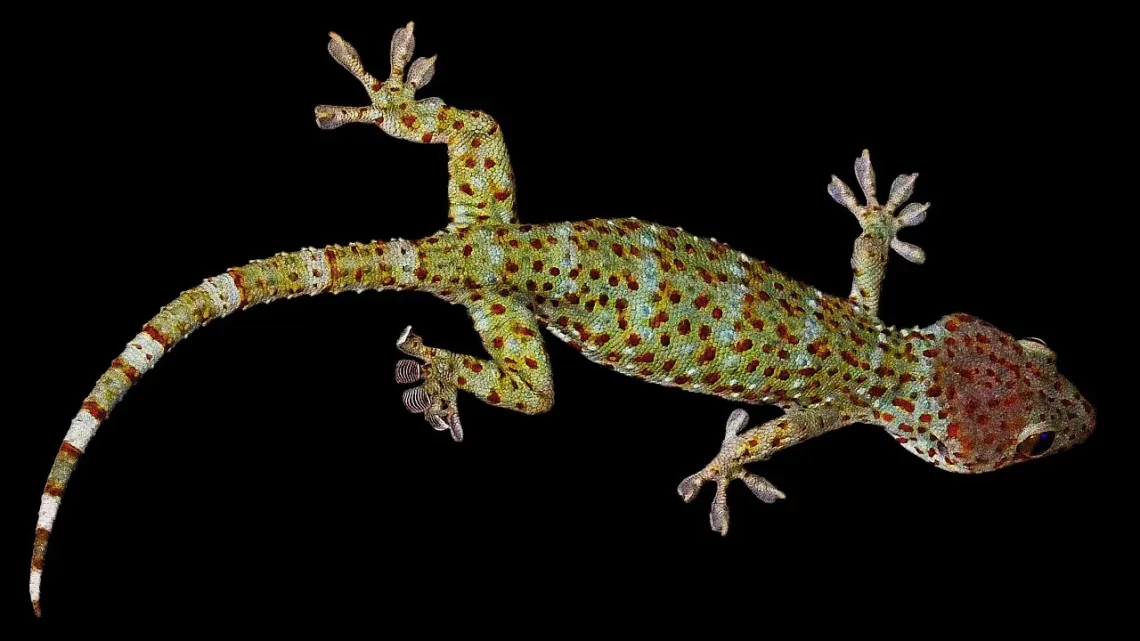
Discovering the Fascinating World of the Pink Gecko
The pink gecko, an intriguing reptile known for its vibrant coloration and unique characteristics, captivates herpetologists and animal enthusiasts alike. These small, typically nocturnal creatures inhabit various regions, ranging from tropical forests to arid deserts. Their adaptability and striking appearance make them a subject of fascination in the world of reptiles. The pink gecko’s distinctive hue, which can range from soft pastels to vibrant shades, serves not only as a form of camouflage but also plays a role in social signaling and mating rituals.
As we explore the captivating world of this enchanting lizard, we uncover insights into its habitat, behavior, and the ecological roles it plays within its environment. These geckos have evolved remarkable features, enabling them to thrive in diverse ecosystems, showcasing nature’s incredible ingenuity. Whether you are a seasoned reptile lover or simply curious about the wonders of the animal kingdom, the pink gecko offers a compelling glimpse into the beauty and complexity of life on Earth.
In this article, we will delve deeper into the biological and ecological characteristics of the pink gecko, shedding light on its significance within its habitat.
Habitat and Distribution
The pink gecko can be found in a variety of environments, each contributing to its unique adaptations. Typically, these reptiles thrive in regions with warm climates, including tropical forests, savannas, and even arid desert landscapes. Their preference for specific habitats often hinges on the availability of food resources and suitable shelter. In tropical areas, they tend to inhabit lush vegetation, using the foliage to conceal themselves from predators while also providing a rich source of insects and other small prey.
One of the most fascinating aspects of the pink gecko’s habitat is its ability to blend seamlessly into its surroundings. The vibrant pink coloration serves a dual purpose: it camouflages the gecko against the colorful flora and also acts as a warning to potential predators about its toxicity. This clever adaptation not only aids in survival but also enhances its mating displays, as brighter colors can be more appealing to potential mates.
In arid regions, the pink gecko has developed unique strategies to cope with extreme temperatures and limited water availability. They often become nocturnal, venturing out under the cover of darkness to hunt and socialize. During the day, they seek refuge in crevices, under rocks, or within burrows, where they can avoid the harsh sun. This behavioral adaptation is crucial for their survival, allowing them to maintain hydration and regulate body temperature effectively.
Understanding the habitat and distribution of the pink gecko is essential for conservation efforts. As environmental changes continue to threaten natural ecosystems, the survival of such unique species hangs in the balance. Protecting their habitats not only benefits the pink gecko but also supports biodiversity as a whole.
Unique Features and Adaptations
The pink gecko is not just visually striking; it is also biologically fascinating. One of its most notable features is its specialized toe pads, which enable it to climb effortlessly on various surfaces. These toe pads contain microscopic hairs that increase surface area, allowing for superior grip. This adaptation is particularly advantageous in their arboreal habitats, where climbing helps them escape predators and access food sources.
Another intriguing characteristic of the pink gecko is its ability to change color based on environmental factors and emotional states. This color change can occur due to temperature fluctuations, mood shifts, or social interactions. The ability to alter its appearance not only aids in camouflage but also plays a significant role in communication among geckos. During mating season, males may display more vibrant colors to attract females, while females might use subtle shifts in hue to signal readiness for mating.
In terms of dietary habits, the pink gecko primarily feeds on a diet of insects and other small invertebrates. Their keen eyesight, which is particularly sharp in low light conditions, allows them to hunt effectively at night. This nocturnal hunting strategy is complemented by their agile movements and quick reflexes, making them adept predators.
Moreover, pink geckos exhibit fascinating reproductive behaviors. Males engage in elaborate courtship displays, which may include head-bobbing, tail waving, and even vocalizations to attract females. Once a pair mates, the female lays eggs in hidden locations to protect them from potential predators. This reproductive strategy enhances the chances of survival for the hatchlings, ensuring the continuation of the species.
The unique features and adaptations of the pink gecko highlight the wonders of evolution and the intricate balance of ecosystems. These reptiles serve as a reminder of the diversity of life on our planet and the importance of preserving their habitats for future generations.
Behavior and Social Structure
The social structure of pink geckos is as intriguing as their physical characteristics. Often solitary creatures, they exhibit territorial behaviors, especially during mating seasons. Males are known to establish and defend territories to attract females, often engaging in displays of strength and agility to ward off rivals. This competition can lead to fascinating interactions, including elaborate rituals and physical confrontations.
Despite their solitary tendencies, pink geckos do exhibit social behaviors, particularly in the context of mating. Males will often gather in areas where females are likely to be found, displaying their vibrant colors and engaging in courtship displays. This social aspect of their behavior is crucial for reproduction, as it increases the chances of successful mating.
In terms of communication, pink geckos utilize a combination of visual and auditory signals. Their color changes can convey a range of messages, from warnings to potential mates. Additionally, they may produce subtle vocalizations during courtship or when feeling threatened. These communication methods are essential for maintaining social relationships and establishing dominance within their territories.
Another interesting behavior observed in pink geckos is their grooming habits. They regularly clean their bodies to remove parasites and debris, which is crucial for their health and well-being. This grooming behavior not only enhances their appearance but also plays a role in social interactions, as a well-groomed gecko is often more attractive to potential mates.
Understanding the behavior and social structure of pink geckos provides valuable insights into their ecology and the dynamics of their populations. By studying these fascinating reptiles, researchers can gain a deeper appreciation for the complexities of animal behavior and the importance of social interactions in the natural world.
Conservation and Threats
As with many species, the pink gecko faces a variety of threats that jeopardize its survival. Habitat destruction due to urbanization, agriculture, and climate change poses significant challenges to their populations. As their natural habitats are altered or destroyed, these geckos struggle to find suitable environments to thrive, leading to declines in their numbers.
Additionally, illegal pet trade practices contribute to the decline of pink gecko populations. Due to their striking appearance, they are often sought after in the exotic pet market. However, the capture and sale of wild specimens can have devastating effects on local populations, disrupting ecosystems and reducing genetic diversity.
Conservation efforts are essential to ensure the survival of the pink gecko and its habitats. Protecting natural environments through the establishment of reserves and conservation programs can help mitigate the impacts of habitat loss. Educating the public about the importance of biodiversity and the consequences of illegal wildlife trade is also critical in fostering a culture of conservation.
Researchers and conservationists are working tirelessly to monitor pink gecko populations and assess their health. By understanding their ecological roles and behaviors, they can develop targeted strategies to protect these fascinating reptiles. Collaborative efforts between governments, organizations, and local communities are vital in addressing the myriad challenges facing the pink gecko and ensuring its continued existence.
In conclusion, the pink gecko is not only a visually stunning reptile but also a vital component of its ecosystem. Understanding its habitat, behavior, and the threats it faces is crucial for conservation efforts. By appreciating and protecting these incredible creatures, we can contribute to the preservation of biodiversity and the health of our planet.
**Disclaimer:** This article is for informational purposes only and does not constitute medical advice. For any health-related concerns, please consult a qualified healthcare professional.




